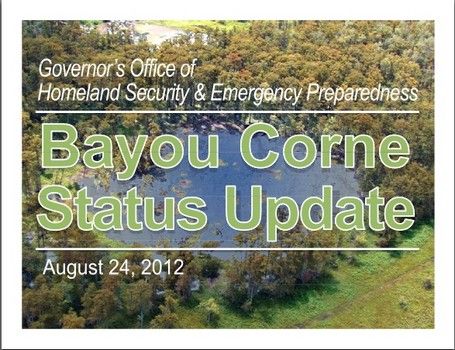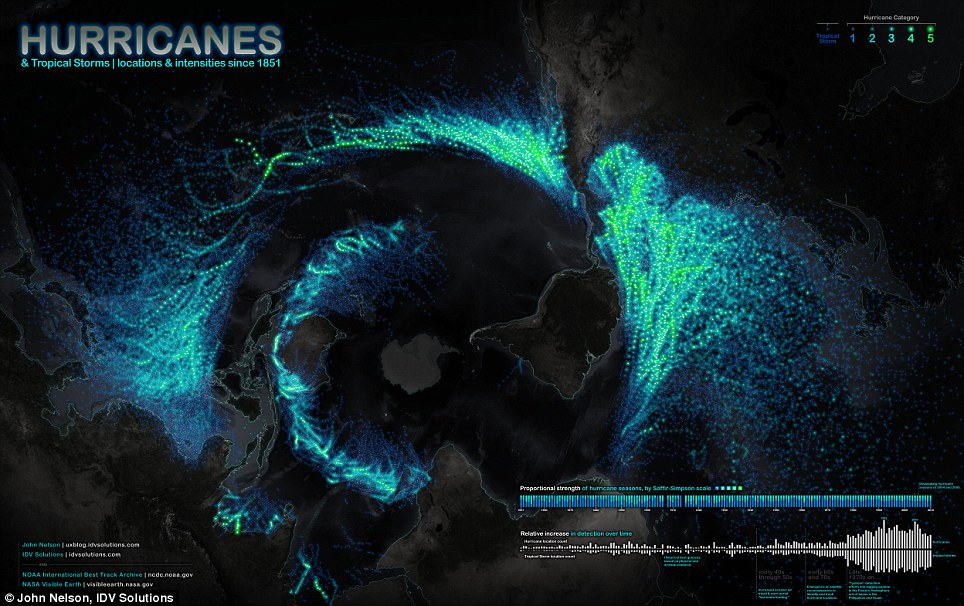Punjab and Khyber Pakhtunkhwa are facing flood threat as the Met Office has forecast heavy rains in the next two days.
There was a low-level flood in River Ravi at Baloki but the water level was gradually increasing.
According to Indus River System Authority (IRSA), in River Indus the water inflow at Tarbela was 256,000 cusecs and outflow was 140,000 cusecs, while in River Jhelum at Mangla the water inflow was 63,000 cusecs and outflow was 13,000 cusecs.
In River Chenab, the inflow was 126,800 cusecs and outflow was 91,800 cusecs at Marala. Water inflow recorded in
River Sutlej near Head Sulemanki was 16,777 cusecs and outflow remained 4,792 cusecs.
According to the Meteorological Department, the three rivers of Punjab, Ravi, Chenab and Jhelum, were facing flood threat. The department also forecast that within next 48 hours scattered rain/thundershower was expected over Azad Kashmir, Hazara, Islamabad/Rawalpindi, Lahore and Gujranwala divisions. The department predicted hot and humid weather elsewhere in the country.


Comment: Not likely because something similar was heard elsewhere in England the following day:
Strange Sounds in the Sky, Halton, UK - August 23rd 2012